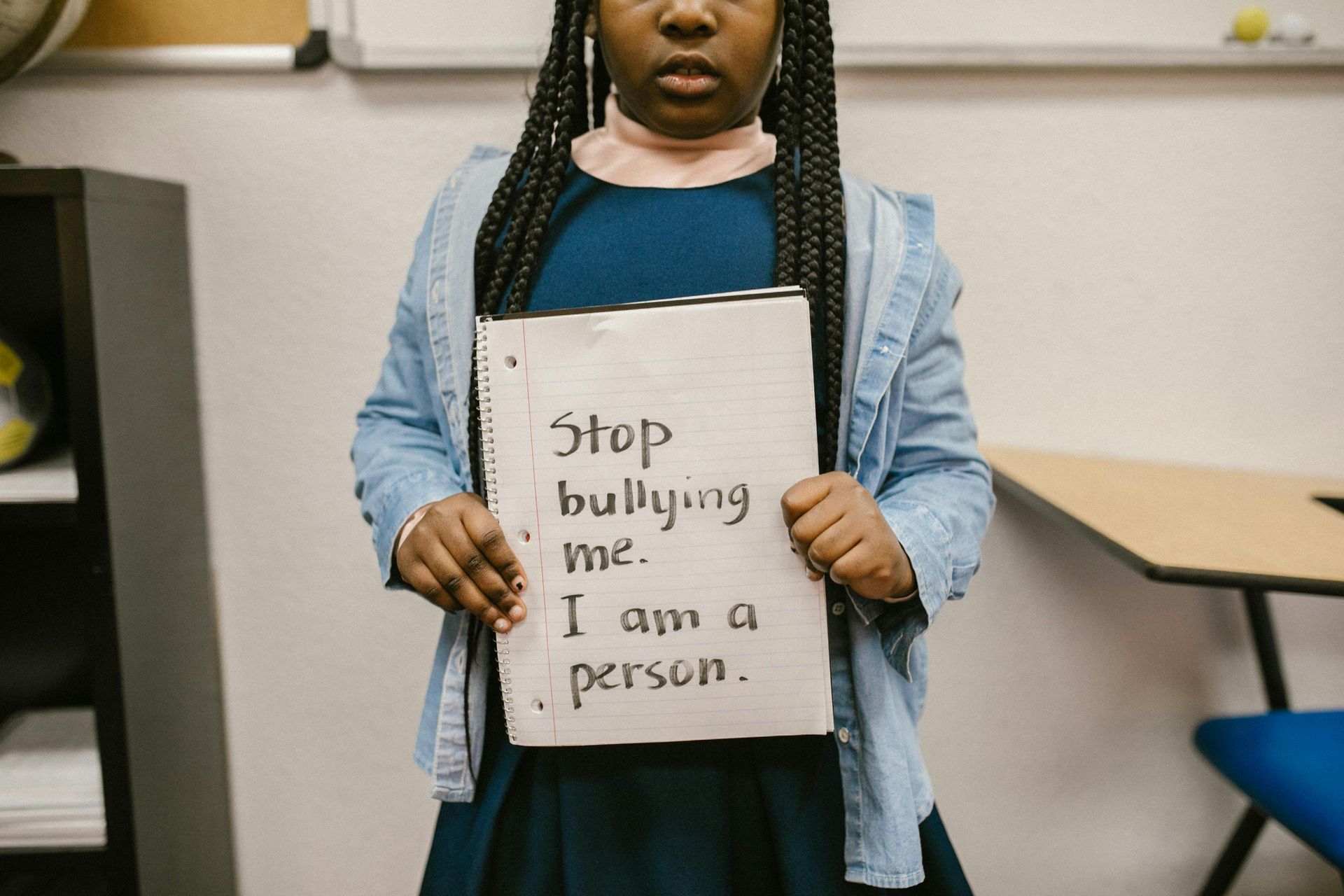Bullying Across the Lifespan: How It Manifests at Every Stage of Life
Bullying is commonly associated with children and teens, but what if the real problem stretches far beyond the classroom? From the schoolyard to the workplace, and even into our later years, bullying can take on many faces, affecting people at every stage of life. Whether it’s a child being ostracized at school or an adult dealing with toxic behaviour at work, bullying has a lasting impact. Understanding how it shows up throughout life is key to recognizing its harmful effects and knowing how to take action—no matter how old you are.

Bullying in Childhood: Direct and Overt Behaviours
In childhood, bullying often takes the most visible and aggressive forms, making it easier to spot but no less harmful. Whether it’s in the classroom, on the bus, or during recess, bullying can be immediate and hurtful—leaving a lasting impact on a child’s sense of safety and self-worth. But it’s not just the physical push or shove that counts; bullying can also be deeply emotional, creating scars that aren't always visible to the eye. Here's a closer look at the different ways bullying can show up in childhood:
- Physical Bullying: This is the most obvious form of aggression—hitting, pushing, or physically intimidating others. It’s the kind of bullying that’s hard to miss.
- Verbal Bullying: Name-calling, teasing, and insults are common ways children use words to attack their peers. These insults can chip away at a child's confidence and can be harder to escape than physical bullying.
- Social Exclusion: Deliberately leaving a child out of games, conversations, or group activities is a subtle but powerful form of bullying. The isolation a child feels when they are ostracized by their peers can be just as painful as physical attacks.
Bullying in Adolescence: Subtle and Socially Driven
As children transition into adolescence, bullying takes on a new, more insidious form—becoming less about physical aggression and more about emotional and psychological manipulation. The bruises may not be as visible, but the effects are just as painful, if not more so.
This shift from physical bullying to emotional and social tactics can have lasting consequences on a teenager’s self-esteem and mental health. Suddenly, it's not just about the shove in the hallway; it's about who’s in or out of the social group, who’s spreading rumors behind your back, or who’s cyber-stalking you late at night. Here’s a closer look at how bullying evolves during these formative years:
- Social Bullying: Adolescents may engage in bullying by manipulating friendships, starting harmful rumors, or using gossip to turn peers against each other. This tactic can create deep emotional scars, as social standing becomes critical during these years.
- Cyberbullying: With the rise of social media and technology, cyberbullying has become a dominant form of bullying among teens. Hurtful online behaviours, such as public shaming, spreading private information, and relentless online harassment, can invade a teen’s personal life in ways that physical bullying never could.
Adolescents who are bullied may struggle with their sense of identity and social standing, which can have lasting effects on their mental health.

Bullying in Adulthood: Workplace and Power Dynamics
As we grow into adulthood, bullying doesn’t just disappear—it evolves, often slipping under the radar and manifesting in more subtle, yet equally damaging ways. In their place, we find a more sophisticated version of bullying that can haunt us in the workplace or social settings. This is the world of adult bullying, sometimes called "mobbing" in professional environments, where the tactics may be less obvious, but the harm is no less real.
Maybe it's your boss subtly undermining your authority in front of others, or a coworker spreading false rumors about you behind your back. These actions can isolate you from crucial projects or key decisions, all the while making you feel small and unimportant. The worst part? It’s often harder to spot than the bullying we experienced as kids. In these cases, the victim is left feeling confused, isolated, and unsupported, often without clear evidence of the harm being done.
That said, it’s important to distinguish between bullying behaviour and assertive behaviour—particularly in professional settings. Assertiveness is about expressing one’s opinions, needs, and boundaries in a clear, respectful, and confident manner. It is not intended to belittle or intimidate others, but to foster healthy communication and mutual respect. On the other hand, bullying is driven by a need to control, undermine, or belittle others, often with the intention of harming someone emotionally or psychologically. Assertive individuals stand their ground and communicate effectively, while bullies often use tactics of manipulation, intimidation, or exclusion to get their way.
Bullying in Later Life: Ageism and Social Exclusion
In older adulthood, bullying can take on a more subtle, age-based form known as ageism. Older adults may be subjected to bullying behaviours that involve discrimination, mockery, or exclusion due to their age. This can happen in social settings, within families, or in institutional environments like nursing homes or long-term care facilities.
Ageism may not always be recognized as bullying, but it can manifest in harmful ways. For instance, older adults may be dismissed or belittled for their physical appearance, their health challenges, or their inability to keep up with technological advancements. They may be treated as incapable or irrelevant, leading to feelings of isolation, worthlessness, and depression.
In care settings, older individuals may experience neglect or mistreatment by caregivers, which is a form of bullying that can have severe psychological consequences.
The impact of bullying in later life can be significant, as it often occurs in a context where older adults may already feel vulnerable due to physical limitations or societal views about aging. Addressing this form of bullying is essential to ensuring that older individuals are treated with the dignity and respect they deserve.

Conclusion
Recognizing how bullying manifests across the lifespan is critical for addressing its impact. It is essential for society to acknowledge that bullying is not just a phase that children grow out of, but a pervasive issue that requires ongoing attention, support, and intervention at every age.
Stay tuned for our next article that will discuss how we, as a society, can help bullying victims find long-lasting support.



